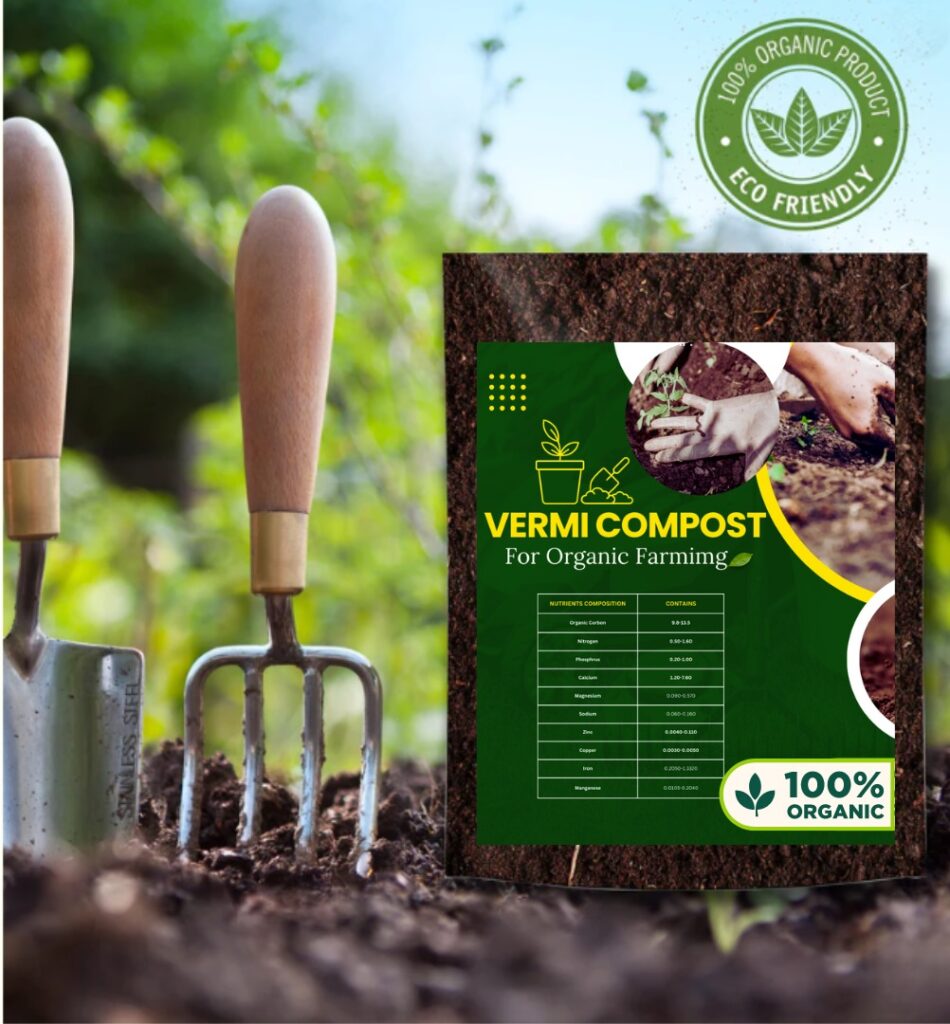Conika is a brand-new product that combines the abilities of a fungicide and a bactericide to protect various crops from the development of Bacterio-fungal complexes. Due to its dual mode of action, it is an efficient and potent instrument for protecting crops from bacterial and fungal diseases. Farmers receive an exceptionally healthy harvest with no diseases thanks to its timely application. It also offers a wider application window and longer duration control, which makes it ideal for Indian farmers.
Table of contents
- Technical content
- Mode of action of Conika Fungicide
- What is meant by contact Fungicide?
- Conika Fungicide dosage according to the crop
- Features of Conika Fungicide
- How to apply Conika Fungicide?
- Why fungicide is important for agriculture?
Conika Fungicide Technical Name:
Kasugamycin 5% + Copper Oxychloride 45% WP
Mode of action
Protective fungicides and contact fungicides both refer to the same thing. They function on the leaf’s surface to stop fungus spores from growing or infiltrating the plant. The most caution must be used while applying these fungicides because complete coverage is necessary for effectiveness.
What is meant by contact Fungicide?
Contact fungicides persist on the surface of plants and frequently leave visible residues in the areas where they are used. Many times, it is necessary to apply the protective fungicide again after a set amount of time, particularly after rains that could wash the substance away or when the plant grows, as the initial application would not protect new leaves.
The use of contact fungicide is typically reserved for situations in which the farmer is already aware of the true risk of infection as a result of the simultaneous occurrence of the three elements that make up the disease triangle: the existence of a viable fungus inoculum, the susceptibility of the culture, and the infection-friendly environment. Regarding the inoculum, it may be sufficient to observe the fungus’s historical local existence, the risks of introduction from other locations, or the occurrence of the disease in nearby regions. It is rainy and cool outside, which are ideal environmental conditions for the majority of fungi.
Conika Fungicide dosage according to the crop
| CROPS | TARGET PEST/ DISEASE | DOSE PER ACRE |
| Grapes | Anthracnose, bacterial leaf spot | 300 g |
| Paddy | Blast | 300 gm |
Features of Conika Fungicide:
- Its systemic and contact actions provide crops with all-around protection.
- It has wide and cross-spectrum control, which successfully prevents the development of Bacterio-fungal complexes.
- Through its systemic action, it is quickly absorbed by plants and translocates throughout the entire plant, which aids in limiting the growth of disease-causing organisms.
How to apply Conika Fungicide?
- To be effective, contact fungicides must come into close touch with the fungus and must be reapplied to fresh plant tissues (such as the springtime expansion of leaves or needles) or if the treatment washes off.
- Fungicides should be applied before a disease starts to spread. Even though many fungicides work throughout the body, they cannot totally stop illnesses once they have begun. In addition, numerous other, difficult-to-see disease lesions are already harming your crop by the time a single disease lesion is seen in the field.
- If feasible, apply fungicides ahead of rain. The majority of fungal spores need water to spread through splashing in order to infect vegetation. In order to maximize the effectiveness of the fungicide, use it before it rains.
Why fungicide is important for agriculture?
Agriculture’s use of fungicides to manage illness.
Plant diseases are best controlled by combining a number of control techniques, such as crop rotation, the selection of disease-tolerant or disease-resistant crop cultivars (cultivars that are genetically less susceptible than other cultivars), planting time, fertilization level, microclimate modification, sanitation, and fungicide application. A key element of illness is fungicides.
- They successfully manage numerous disorders.
- Cultural customs do not adequately prevent or treat sickness,
- For a lot of diseases, resistant cultivars are either not offered or not accepted in the market.
- Certain high-value crops have a very low tolerance for disease signs.
FAQs
1.What is the price of Conika Fungicide?
Ans. For more information on Conika Fungicide please visit our website https://khetkidawai.com/
2. Are contact fungicide and systemic fungicide same?
Ans. Contact insecticides, as opposed to systemic insecticides, kill insects directly upon contact rather than after ingestion or absorption and are transmitted through plants.Insects that feed on plant tissue, such as herbivorous sucking or chewing insects like aphids, caterpillars, and root nematodes, are killed by systemic insecticides, which make an entire plant toxic to insects. In contrast, contact insecticides assist in the removal of insects that pierce the surface of plants and kill pests by penetrating their skin.



